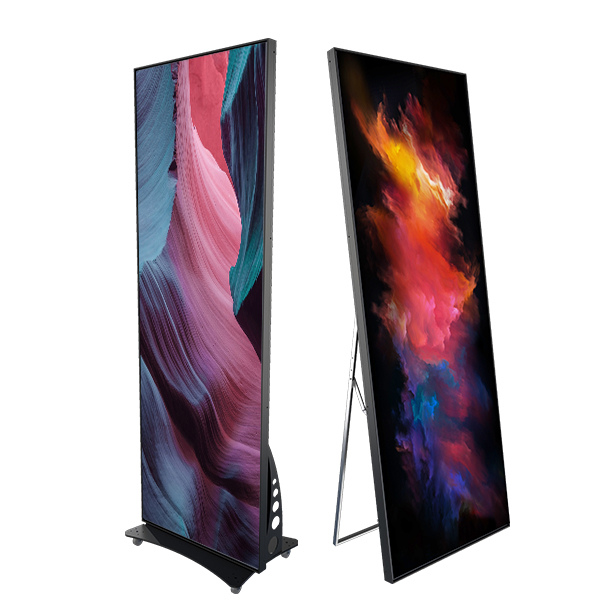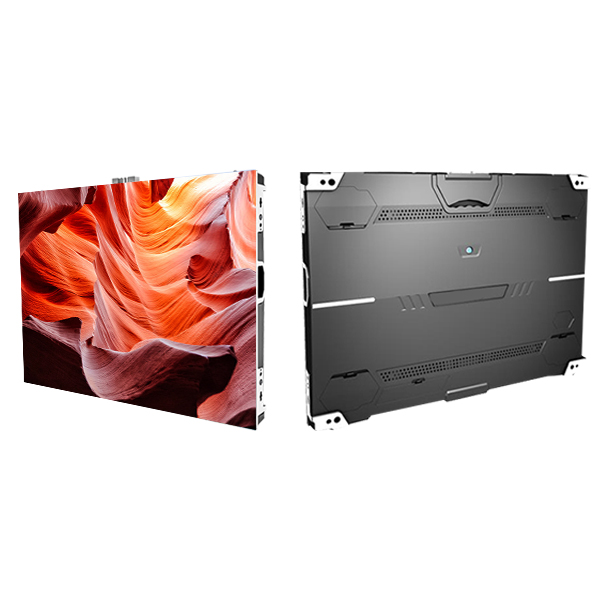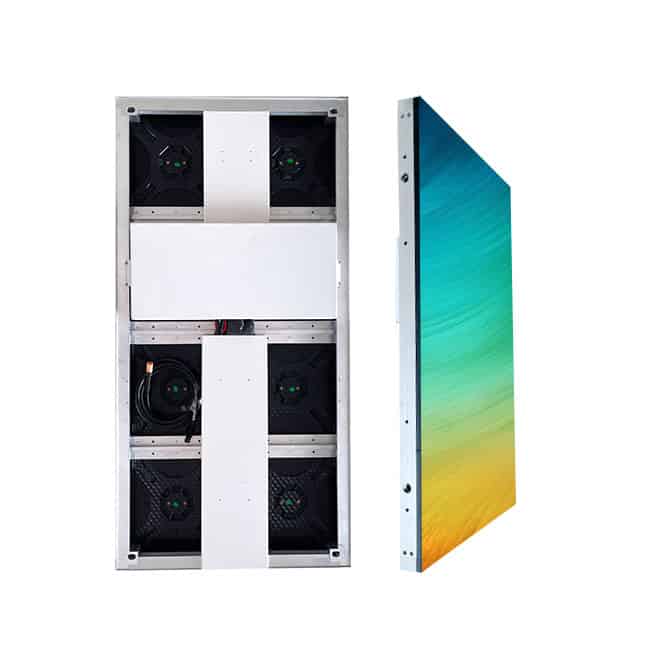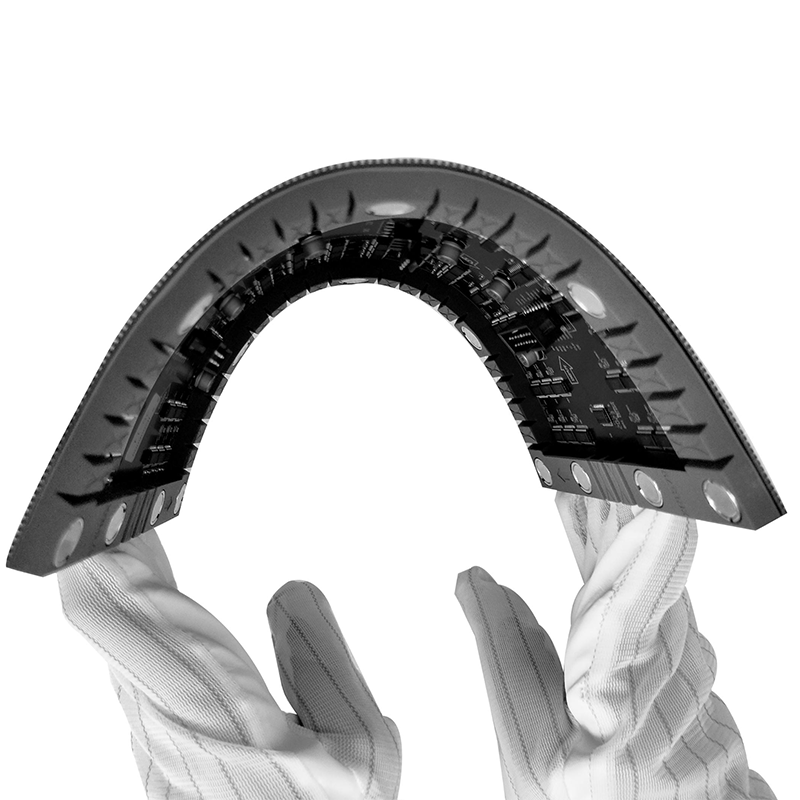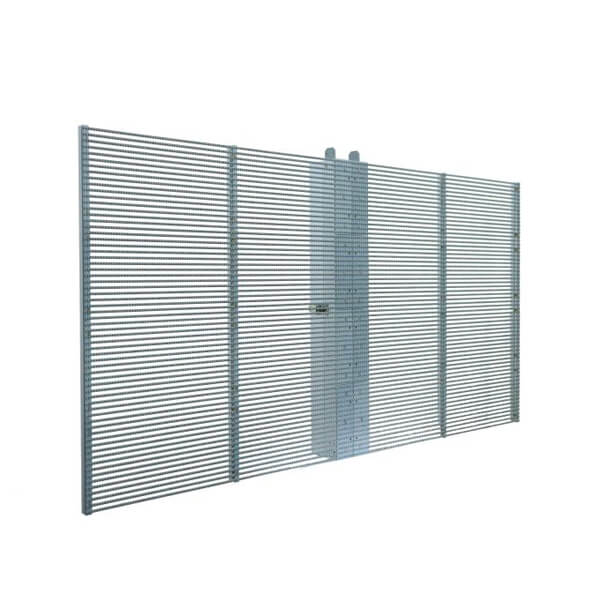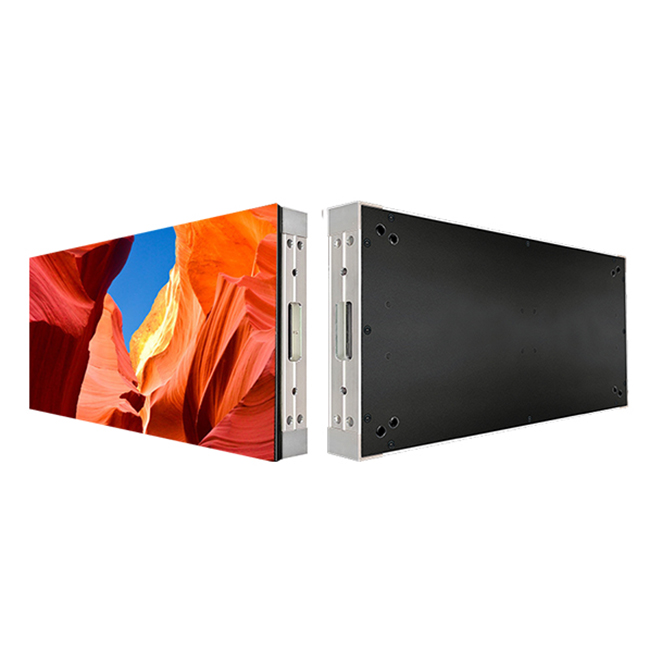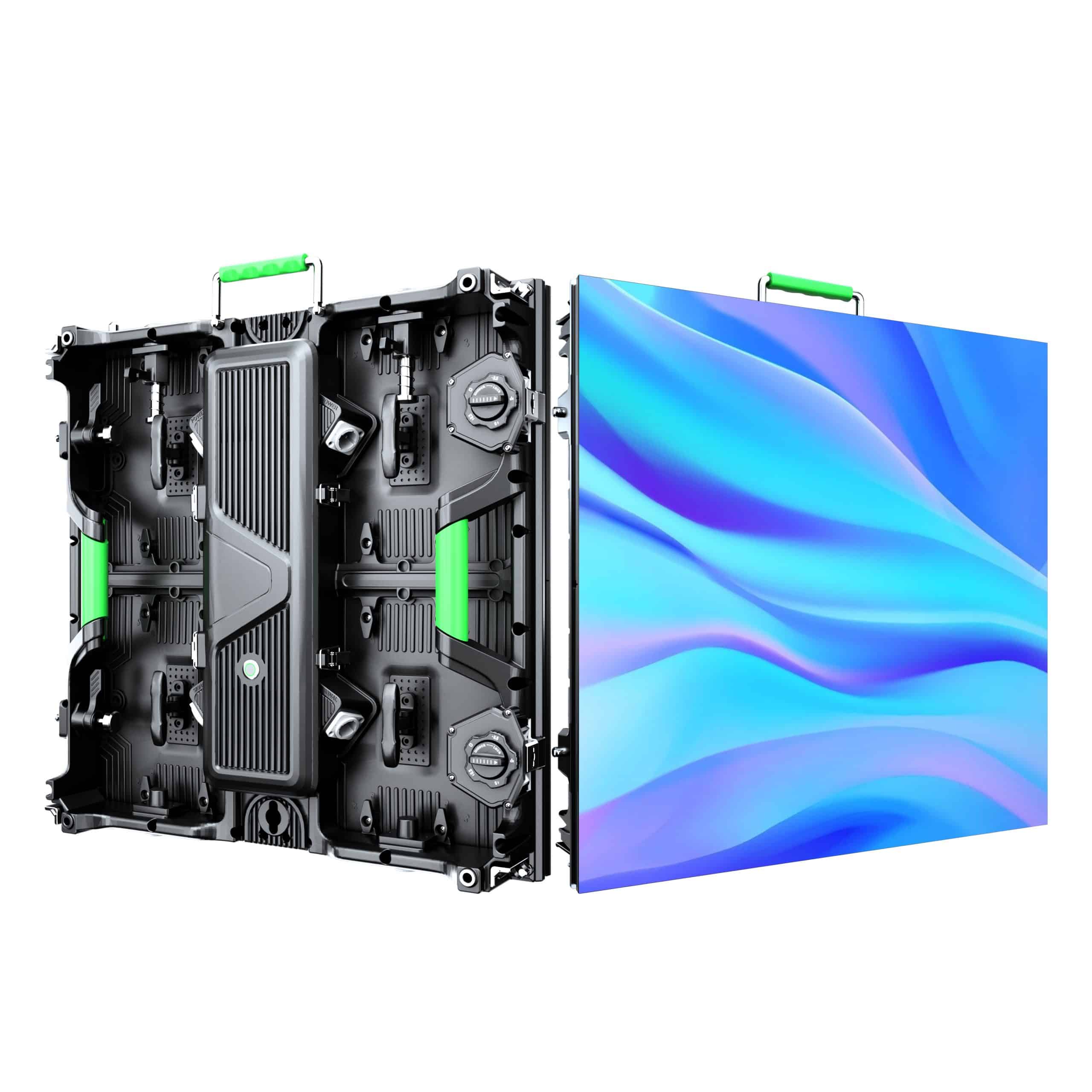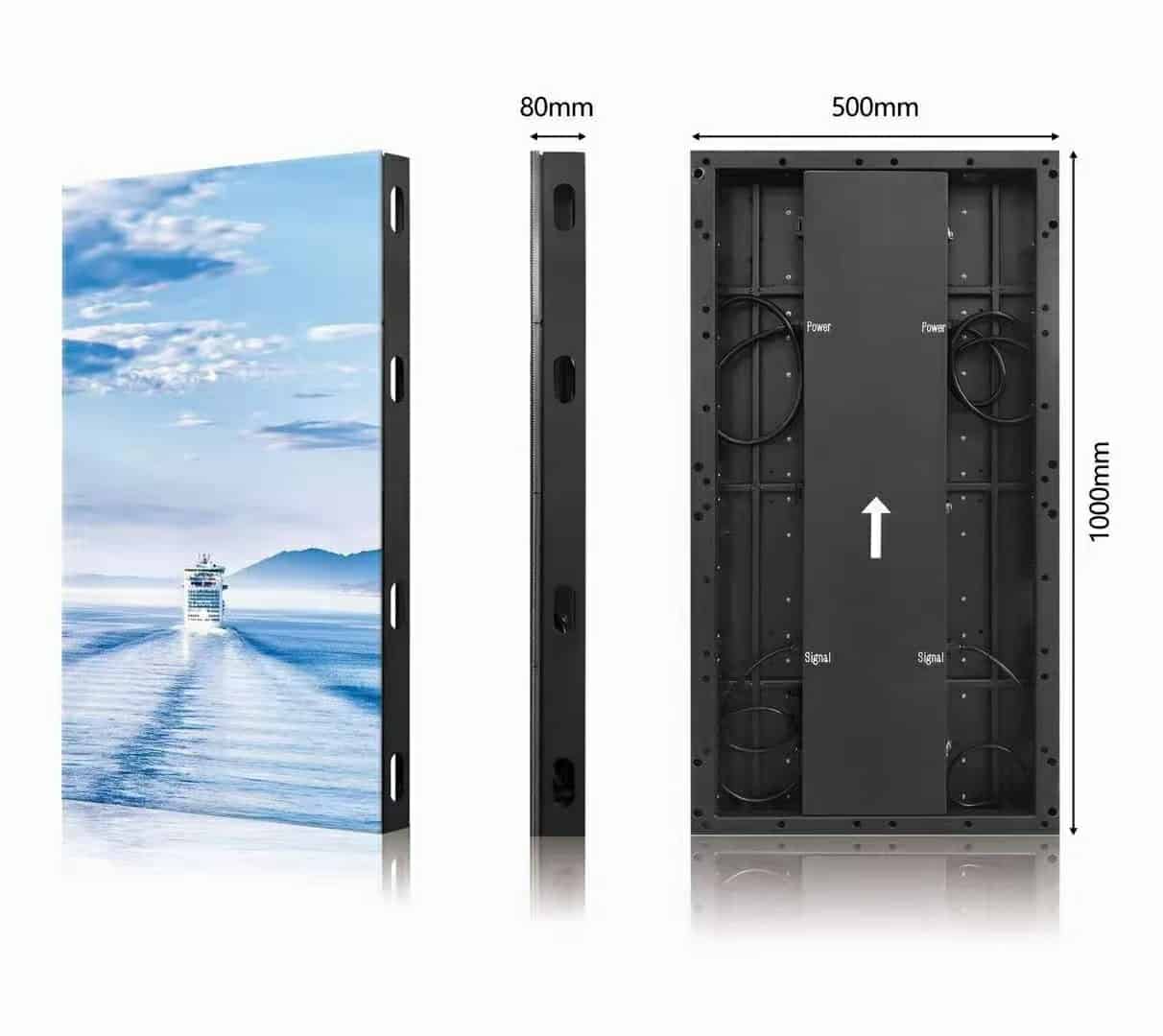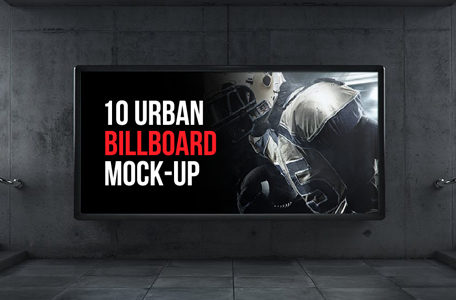Experience the Future of Advertising with XR LED Display Technology
Experience the Future of Advertising with XR LED Display Technology
The advertising industry is constantly evolving, and the latest innovation to make waves is the use of XR LED display technology. XR LED displays have the ability to create immersive experiences for viewers, which can greatly increase engagement and retention rates. This technology has been rapidly gaining popularity in recent years, and is expected to become the norm in the advertising industry.
XR LED display technology is a combination of XR (extended reality) and LED (light emitting diode) display technology. XR technology encompasses a variety of technologies, including virtual reality (VR), augmented reality (AR), and mixed reality (MR). LED display technology is a method of displaying digital content using LEDs.
What is XR LED display technology?
When these two technologies are combined, they create a new type of display that can create immersive experiences for viewers. XR LED displays can be used to create virtual environments, display 3D objects, and overlay digital information onto the real world.
Why is XR LED display technology important for advertising?
The use of XR LED display technology in advertising has a number of benefits. Firstly, it allows advertisers to create immersive experiences for viewers that can greatly increase engagement and retention rates. XR LED displays can be used to create virtual environments that transport viewers to a different world, or display 3D objects that appear to be in the real world.
Secondly, XR LED displays can be used to target specific audiences. For example, advertisers can create XR experiences that are tailored to a specific demographic, such as a virtual tour of a hotel for travelers or an immersive gaming experience for young adults.
Thirdly, XR LED displays can be used to create interactive experiences. Viewers can interact with digital objects in the real world using gestures, voice commands, or even their mobile devices.
Finally, XR LED displays are highly versatile and can be used in a variety of advertising contexts. They can be used in traditional advertising formats such as billboards and video displays, as well as in non-traditional settings such as events and experiential marketing campaigns.
Examples of XR LED display technology in advertising
XR LED display technology is already being used by a number of companies in their advertising campaigns. For example, PepsiCo used XR LED displays in their “Pepsi MAX Taste Challenge” campaign in the UK. The displays were used to create an immersive gaming experience where participants had to navigate a virtual obstacle course.
In China, Volkswagen used XR LED displays in their “Volkswagen T-Cross Adventure” campaign. The displays were used to create a virtual driving experience where participants could test drive the Volkswagen T-Cross on a virtual track.
In the US, Nike used XR LED displays in their “Reactland” campaign. The displays were used to create a virtual running experience where participants could run through a virtual world.
The future of XR LED display technology in advertising
XR LED display technology is still in its early stages, but it has already shown great potential in the advertising industry. As the technology becomes more advanced and more affordable, we can expect to see it being used more widely in advertising campaigns.
In the future, XR LED displays may become the norm in the advertising industry, as they offer a new level of engagement and interactivity that traditional advertising formats cannot match. With the ability to create immersive experiences, target specific audiences, and create interactive experiences, XR LED displays are poised to revolutionize the advertising industry in the years to come.


